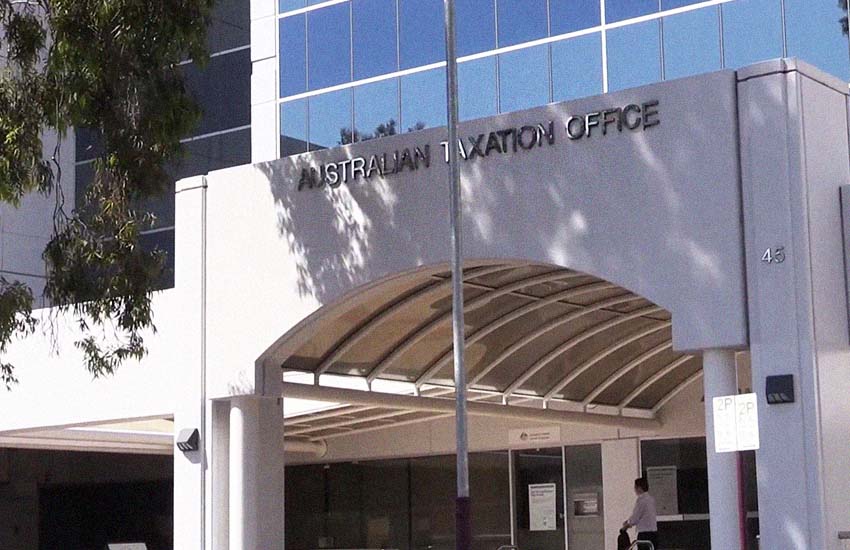You’re out of free articles for this month
“As a regulator of the tax and superannuation systems in Australia, we have assessed our overall performance against the Regulator Performance Framework to be good,” the ATO said.
“This assessment is based on the outcomes of our metrics and the improvements made for each of the six key performance indicators (KPIs). We have assessed our performance to be good for all six KPIs.
“Overall, we achieved positive results (improved or met target) for 18 of the 34 ATO-specific metrics, with two broadly stable, three showing a decline, and 11 based on activities (where trends in the metrics do not directly reflect effectiveness of performance).”
The ATO said it was focusing on two areas that required further investment and continued focus through to 2024. These were to improve trust and confidence in the tax and superannuation systems and become an increasingly integrated, streamlined and data-driven organisation.
“Overall client and community confidence increased in 2020-21, rising to a record high score of 68 per cent (two points higher than previous year) and above our target of 65 per cent,” the ATO said.
“Client perceptions of procedural fairness regarding dispute activities increased to 60 per cent (up from 52 per cent in 2019-20).
“At the same time, there was a decline in client perceptions of final outcome fairness (with 60 per cent agreeing the ATO final outcome was fair, down from 65 per cent in 2019-20).”
The ATO had partially improved some elements of organisational efficiency and use of data as it was part of maintaining strong performance in streamlined and coordinated compliance and monitoring approaches.
This would include existing initiatives such as the Better as Usual client experience program and the roll-out of new ones such as the delivery of modernising business registry services along with single touch payroll 2.0.
“There has been a further increase in the use of the Australian Business Register by government agencies and the community,” the ATO said.
“There has also been an increase in the proportion of data items pre-filled for individual tax returns.
“Data and analytics integration enable us to engage early with clients to help them get things right from the start and to identify those who are not doing the right thing.
“In 2020-21, we used our data and analytics technology to pre-fill over 85 million pieces of data, including information relating to COVID-19 support measures for employees.”
Overall, positive outcomes were achieved during 2020-21 with respect to improved results for the availability of key digital systems, proportion of inbound transactions received digitally for key services, and compliance costs for individuals, according to the report.
The office also met its performance target for the reduction in the administrative cost to business and government in dealing with each other.
“Our operational efficiency continues to improve, as evidenced by the decline of our administrative costs relative to the community we serve and the tax revenue we collect,” the ATO said.
“This result highlights the positive outcomes arising from our risk-based proportionate approach to compliance obligations, engagement and regulatory enforcement actions.
“The total revenue effects for 2020-21 from all our interventions totalled $11.5 billion, of which penalties and interest made up $1.8 billion.”

 Login
Login






